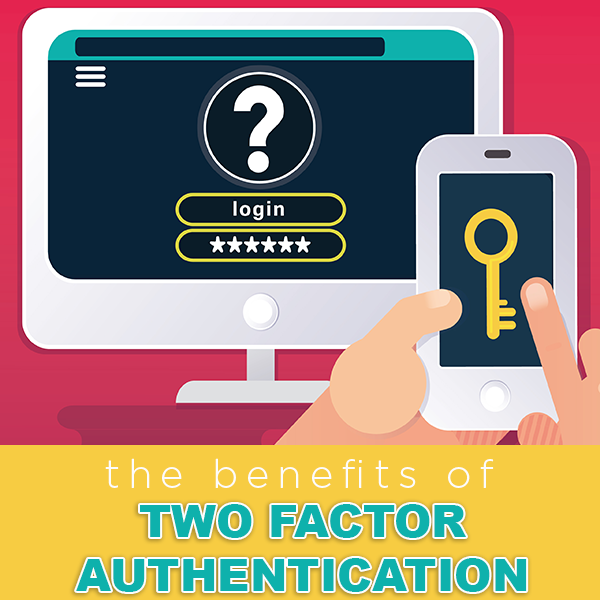
World Password Day: How to Celebrate
Purpose
Passwords are used to protect your devices, finances, health records, and so much more. We rely on them to prevent unauthorized users from accessing devices and accounts, which is crucial for most companies. Passwords are meant to change frequently to properly fulfill their purpose, as no password is unbreakable. Alas, World Password Day was born to act as a reminder to everyone that maintenance is required to retain account security.
Why It’s Celebrated
It is imperative that everyone has a strong password to ensure privacy. Before the internet and all of its glory, passwords were used as a method of entry for secret societies and clubs. Today, passwords are used a little less loosely to avoid cyber hacking. As the world becomes more advanced, cyber threats evolve as well. This means it is crucial to maintain the security of your passwords by updating them regularly. Falling on the first Thursday of May every year, World Password Day serves to encourage users to protect their data by maintaining their authentication methods.
Password Mistakes
Many people see their passwords as a way to get into their accounts rather than a way to keep others out. With this, many people try to make their passwords short, easy to remember, and personally relatable. Hackers are well aware of this, and will likely guess a password based on this criteria. Users have a habit of using the name of a pet, child, hobby, or profession when creating a password. A way to make passwords more difficult to guess is to use one that is irrelevant to the user. People also commonly use the same passwords across different platforms. This makes it easier for a hacker to access all accounts with one successful attempt.
With data being as precious as it is, it is up to you as the user to pay mind to your level of security. Celebrate this World Password Day by updating all your passwords for any account that holds value.
If you have any questions about our IT services, contact us today! Follow us on Facebook to keep up with our latest blogs!




 Reduce Fraud
Reduce Fraud












 2916 West TC Jester Blvd.,
Suite 104
2916 West TC Jester Blvd.,
Suite 104 sales@westecservices.net
sales@westecservices.net